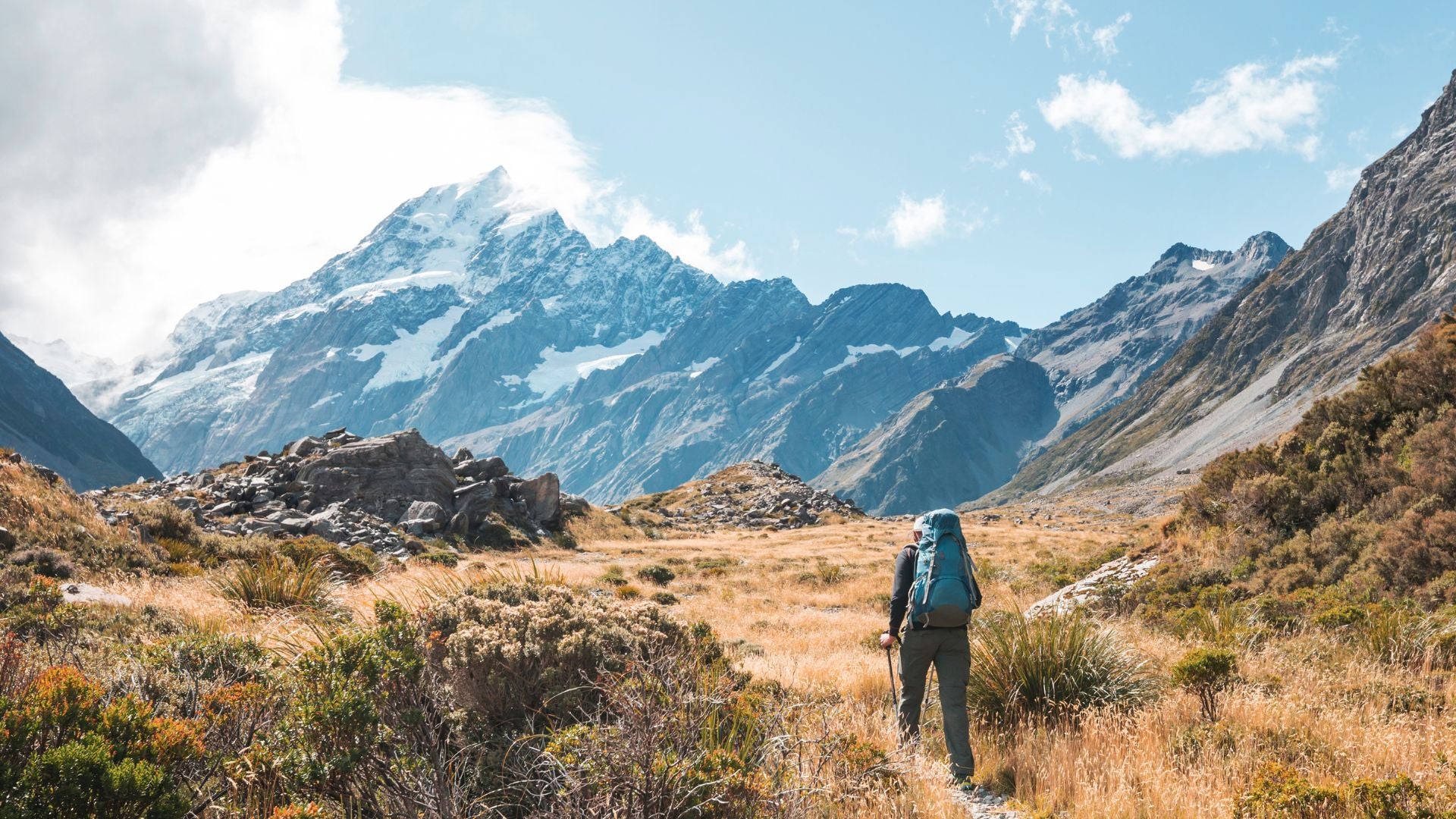
Enjoying Outdoor Activities in Cold Weather: Embracing the Chill
Winter sports like skiing and snowboarding may be the first activities that come to mind, but there are many other outdoor options even in the coldest months. The key is to keep in mind some important factors, which we've outlined in this article.

Stepping out of our comfort zone can be challenging, but the benefits of exercise in the fresh air can boost our mood, energy levels, and overall well-being. When the winter months make us feel sluggish and tired, outdoor activities can provide an antidote to laziness and negative thoughts.
Here are some tips for outdoor winter sports:
Clothing
Functional clothing and the layering principle are essential in winter. Functional clothing wicks away sweat and keeps us dry, while dressing in layers provides insulation and allows us to adapt to changing weather conditions easily. Comfortable, protective shoes suitable for the activity are a must. It's important to keep the head and hands warm, but avoid wearing too much, which can lead to sweating and damp clothing that risks freezing.
>> Buy Waterproof/Windbreaker Jackets
Visibility
Being visible, especially in an urban environment, is crucial for minimizing risks to ourselves and others. Reflective elements and a headlamp are essential in winter to help see the road and reduce the risk of tripping and falling.
>> Buy Headlamps
Breathing and exercise intensity
In freezing temperatures, we should breathe through our nose to warm the air before it reaches our lungs. Less is more during winter as low temperatures are more demanding on the body. Higher training intensity leads to a higher respiratory rate, which means more cold air enters the throat in a shorter time, irritating the mucous membranes.
Daylight
Daylight helps replenish vitamin D stores, which are important for our health. Even on cloudy days, UV radiation is emitted, and vitamin D can also be accumulated through food such as fatty fish, dairy products, flaxseed oil, and eggs.
>> Buy Hydration Packs & Vests
Cold and risk of injury
On the coldest days, we should be cautious about the state of the ground. Frozen or snow-covered sections of the path can be slippery and increase the risk of injury. Crampons are essential for walking briskly on slippery terrain, and trekking poles provide extra stability both uphill and downhill. Biking on icy paths requires studded tires for the best grip.
Muscle tears are also a risk in winter, especially at the beginning of a tour when the body is cold and stiff. A stretching program before exercise can help prevent injury, especially when running on uneven terrain.
In conclusion, outdoor winter activities are not only possible but also highly recommended. Keep these tips in mind to reach spring in perfect physical shape!





